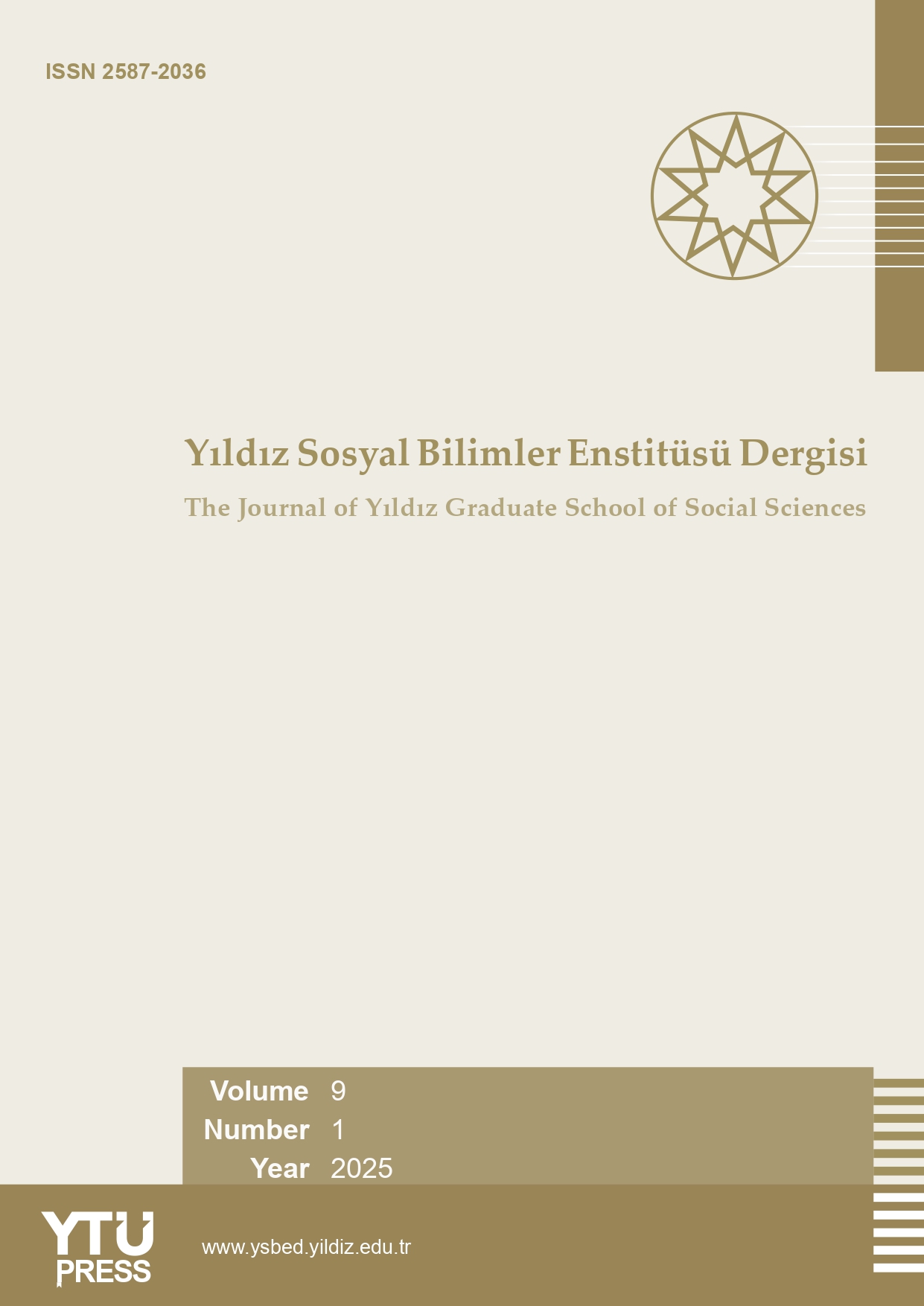Abstract
In many countries of the world, higher education services are mainly carried out with the support of the state. The countries of the world differ from each other in terms of their economies, cultures, and political systems. But there are great similarities when it comes to financing higher education. Considering the long-term effects of expenditures on areas such as education on social development, it is thought that public expenditures will create positive externalities on society and the country. Therefore, increasing such expenditures is important for the development and growth of the country. The increase in the ratio of education expenditures both in the budget and in the gross national product shows the importance given to education. It is aimed to provide social balance with social, inefficient, and current transfers made by the state for higher education students. Via these expenditures, it is aimed to help students complete their higher education. Since Turkey is a developing country, the importance given to education gains even more priority.
The largest items of the budgets allocated to universities are personnel expenses, that is, current expenses. Although the expenditures on education seem to be on an increasing trend in the calculation of GDP in the budget, these items actually play a misleading role in the calculations of education expenditures. Education expenditures are investment expenditures rather than current items. However, some calculation methods are not evaluated in this way. For example, in the Monitoring and Evaluation of Universities indicators published by YÖK every year, investment expenditures are not taken into account when calculating the education expenditure according to the indicator explanation. A large part of investment expenditures consists of education expenditures. In the calculation of educational expenditures published by TURKSTAT every year, the entire budgets of universities are taken into account. This causes a bloat in the calculation.
Within the scope of this study, it is recommended that in order for universities to create a sustainable financing structure; policies such as increasing public resources transferred to universities, diversifying and increasing income sources other than public finance and tuition fees, switching to financial allocation models based on the strategic plans of institutions, determining the amount of appropriations depending on the performance of the university, and increasing the level of financial autonomy and flexibility so that they can use their resources more efficiently, should be implemented.
Dünyanın pek çok ülkesinde yükseköğretim hizmeti ağırlıklı olarak devlet desteğiyle sürdürülmektedir. Dünya ülkelerinin ekonomileri, kültürleri ve politik sistemleri açısından birbirlerinden farklıdır. Ama söz konusu yükseköğretimin finansmanı olduğunda büyük benzerlikler bulunmaktadır. Özellikle eğitim gibi alanlara yapılan harcamaların uzun vadede toplumsal gelişim üzerindeki etkilere bakıldığında yapılan kamu harcamalarının toplum ve ülke üzerinde olumlu dışsallık yaratacağı düşünülmektedir. Bu nedenle bu tür harcamaların artırılması ülkenin kalkınması ve büyümesi için önemlidir. Eğitim harcamalarının hem bütçe içerisinde hem de gayrisafi milli hasılaya oranının artması eğitime verilen önemi göstermektedir. Devlet tarafından yükseköğretim öğrencilerine yönelik yapılan sosyal, verimsiz ve cari transferler ile sosyal dengenin sağlanması hedeflenmektedir. Söz konusu harcamalar ile öğrencilerin yükseköğrenimlerini tamamlamalarına yardımcı olunması amaçlanmaktadır. Türkiye gelişmekte olan bir ülke olduğu için eğitime verilen önem daha da öncelik kazanmaktadır.
Üniversitelere ayrılan bütçelerin en büyük kalemleri personel giderleri yani cari giderlerdir. Bütçede GSYİH hesaplamasında eğitime yapılan harcamalar artış trendinde gibi görünse de bu kalemler aslında eğitim harcamaları hesaplamalarında yanıltıcı rol oynamaktadır. Eğitim harcamaları cari kalemden çok yatırım harcamasıdır. Ancak bazı hesaplama yöntemlerinde bu şekilde değerlendirilmemektedir. Örneğin YÖK’ün her yıl yayınladığı Üniversiteleri İzleme ve Değerlendirme göstergelerinde, gösterge açıklamasına göre eğitim harcamasını hesaplarken yatırım harcamaları dikkate alınmamaktadır. Yatırım harcamalarının ise büyük bir kısmı eğitim harcamalarından oluşmaktadır. TÜİK’in her yıl yayınladığı eğitim harcamaları hesaplamasında ise Üniversitelerin bütçelerinin tamamı dikkate alınmaktadır. Bu da hesaplamada şişkinliklere neden olmaktadır.
Bu çalışma kapsamında üniversitelerin sürdürülebilir bir finansman yapısı oluşturabilmeleri için; üniversitelere aktarılan kamu kaynaklarının artırılması, üniversitelerin kamu finansmanı ve öğrenim ücretleri dışında da gelir kaynaklarını çeşitlendirmesi ve artırması, kurumların stratejik planlarına dayalı finansman tahsisi modellerine geçilmesi, ödenek miktarının üniversite performansına bağlı olarak belirlenmesi ve kaynaklarını daha verimli kullanabilmeleri için mali özerklik ve esneklik düzeyleri artırılması gibi politika önerilerinin uygulanması gerektiği sonucuna ulaşılmıştır.












